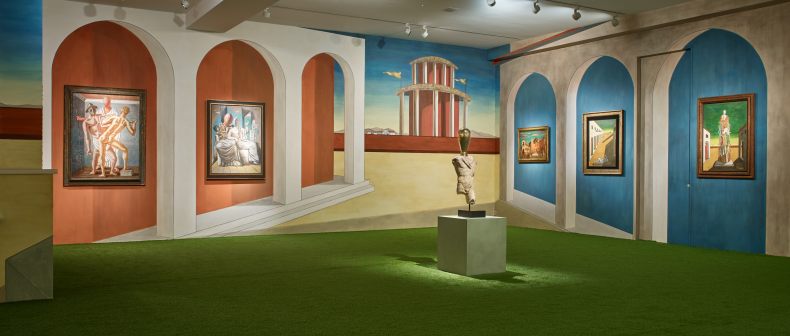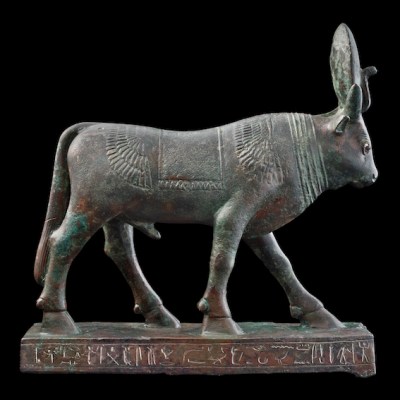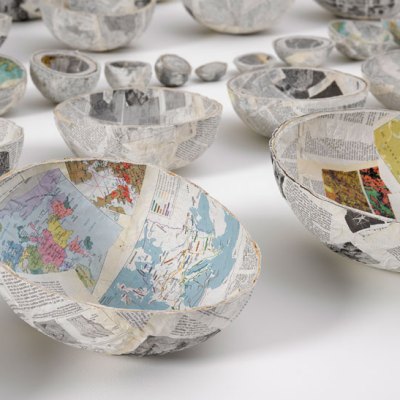With hundreds of exhibitions and events vying for your attention in London during Frieze week, Apollo’s editors pick out the shows they don’t want to miss.
‘Alfred Kubin. Munich 1898–1906. From Quickening to Death’ at Richard Nagy Ltd (until 3 November)
Syphilis, Starvation, Bride of Death, Dwarf with Candle: the titles alone of Alfred Kubin’s drawings are enough to conjure up a world of horrors. Yes, Kubin’s images do have an appalling uncanny power, but they are also beguiling, as the exaggerations of his figures and the modern psychological terrors that they encapsulate are offset by the diligent, almost antiquated care of his draughtsmanship. This exhibition, the first in Britain to focus on Kubin since ‘The Other Side’ at Nottingham Contemporary in 2012, features 50 works from major public and private collections and explores the period in which Kubin took up with the avant-garde in Munich. There, he delved into the work of earlier masters of the grotesque, such as Goya and Bosch, developing his own nightmarish recipe for representing fin de siècle Europe – and one heavily seasoned with the darker thoughts of Freud and Nietzsche.
Zwerg mit Kerze (Dwarf with Candle; 1901/02), Alfred Kubin. Courtesy Richard Nagy

‘Reading de Chirico’ at Tornabuoni Art London (4 October–12 January 2018) and ‘Metafisica da Giardino’ at Nahmad Projects (until 15 December)
Double de Chirico in Mayfair, with a brace of exhibitions that promise to shed new light on the painter best known for his Piazze d’Italia canvases – those enigmatic metaphysical visions of neoclassical squares that distilled the loneliness of the early 20th-century city, and drew out the sometimes disorienting persistence of the past in the experience of modern urban spaces. At Tornabuoni, Katherine Robinson curates an exhibition that sets de Chirico’s art alongside his rarely considered writings. These include poems, criticism, and manuscript excerpts from Hebdomeros (1929), a novel that is dense with dream-like scenarios and which the late John Ashbery once called ‘the finest work of Surrealist fiction’. I’m also looking forward to seeing the accompanying book, given Tornabuoni’s strong current form in scholarly publishing in the volumes to coincide with recent Boetti and Fontana displays.
Ettore e andromaca (Hector and Andromache; 1950), Giorgio de Chirico. Courtesy Tornabuoni Art

At Nahmad Projects, meanwhile, the artist Francesco Vezzoli has designed a stage-set for a selection of his own and de Chirico’s works, artificially grassing over the gallery floor and covering the walls with murals of the Piazza d’Italia. The contemporary Italian artist, the suggestion is, cannot but linger on in de Chirico’s metaphysical city – more than a century after it was first imagined.
Installation view of ‘Metafisica da Giardino’ at Nahmad Projects, London

‘Enrico David’ at Michael Werner Gallery (until 9 December)
Although this exhibition includes new embroideries on canvas (the medium through which Enrico David made his name in the 1990s), the works that I’m most looking forward to seeing here are the large-scale sculptures in bronze, jesmonite and other materials. Some of the groupings – all sinuous lines, elongated bodies, and caricature-like faces – remind me of the emotive faces and bodies of the great symbolist sculptor Adolfo Wildt. David’s figures always seem to be straining, trying to reach beyond the possibilities of the human form and the restrictions of the sculptor’s materials.
Untitled (2017), Enrico David. Courtesy Michael Werner Gallery, New York and London

‘Melanchola. A Sebald Variation’ at the Inigo Rooms, King’s College London, Somerset House East Wing (until 10 December)
John-Paul Stonard and Lara Feigel have curated an exhibition that takes up the melancholy thread running through W.G. Sebald’s novels and non-fiction to explore how this form of sadness has afflicted Europe, its people and artists since the Second World War. Some works here share the feeling for repressed memory that Sebald explored in On the Natural History of Destruction, his meditation on the Allied bombing of Germany and its aftermath. Others, such as Tess Jaray’s screenprints based on phrases from The Rings of Saturn and Vertigo, or Dexter Dalwood’s The Crash (2008), are directly inspired by Sebald’s life and work.
The Crash (2008), Dexter Dalwood. Courtesy the artist and Simon Lee Gallery, London and Hong Kong



